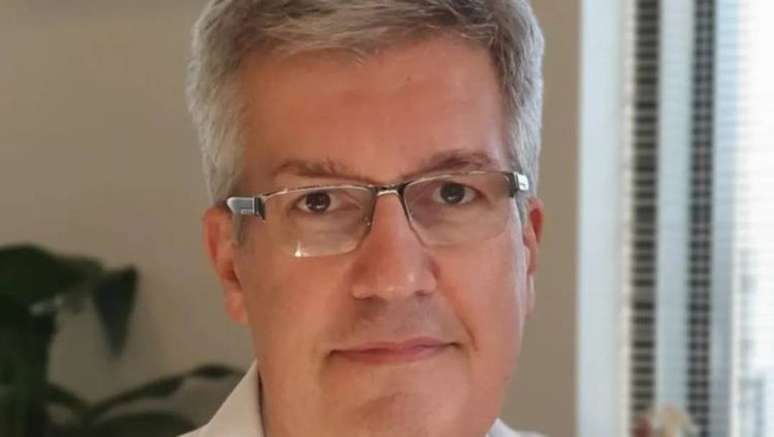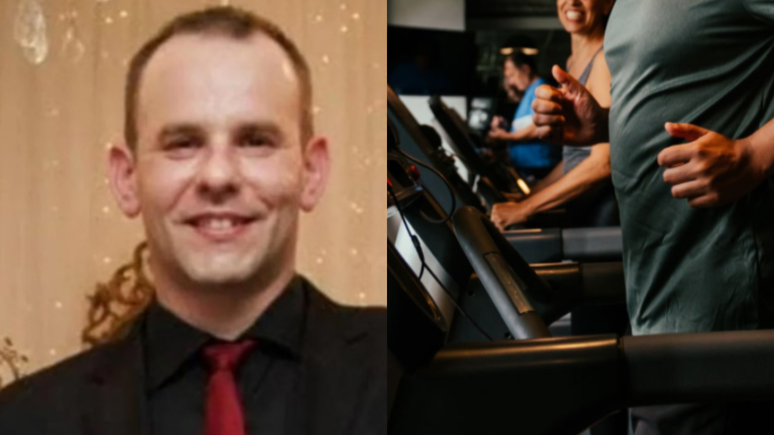There is no doubt: Brazil’s population is ageing. The recently published 2022 IBGE census shows that the share of over-60s has grown in 10 years from 11.3% to 14.7%, almost 9 million Brazilians – a Portugal! Hence the importance of adjusting public policies and resources to meet the demands of this population. We are talking about a group which, while remaining more active and productive in part, has the typical needs of the elderly: higher incidence of diseases (heart disease, neoplasms), visual and hearing impairment, bone and muscle loss, risk of falls and cognitive deterioration. . These are people who need a specific line of care on a case-by-case basis, most of the time very expensive.

We cannot limit ourselves to basic health care, which is already quite expensive. Medicines, therapies, orthoses, prostheses, food supplements delay illness and death, but do not guarantee a full and dignified life. The pandemic has shown that even those who had full functionality lost a lot in terms of cognition and performance due to a lack of social, cultural and physical stimuli.
Living is a big challenge. Maintaining independence despite the loss of a partner is ideal, but dependence on family members to provide basic needs (food, medicines and hygiene care) becomes the rule. The cost is not limited to the sums spent on these actions, but in the movement of productive family members who take care of relatives and in the tension of emotional relationships, when it becomes a caring relationship.
It is therefore worth thinking about housing alternatives. Homes for the elderly seem to be a solution. The proposal is to offer assisted assistance in the same place with other elderly people and guarantee basic needs, functional, intellectual and social stimulation for their best performance. We have a problem: the great prejudice against former asylums. Real deposits, without adaptations, attention to individual needs or encouragement towards their “guests”, considered places where people awaited death. This reality has been transformed. The population’s growing demand for resources generates investment and the demand for differentials to maintain the happiness of those close to them. Houses designed for these needs have emerged with positive effects, with good lighting, resources for locomotion (bar and lifts), pharmacy control, nutrition, medical surveillance, physiotherapy and activities such as music, beauty salon, library, assisted walks, pet therapy .
Unfortunately, the standardization of residential construction is lacking, as it is a very poorly organized sector. The differences between the services offered to the public are enormous and public bodies validate these places on the basis of basic documentation, often due to their inability to evaluate. There are also numerous clandestine houses, with no trace of their activity in public bodies, such as town halls, firefighters or health surveillance. The organization of this sector is urgent given the pressure that already exists and is exerted on our society. Control mechanisms and inspection bodies need to be set up quickly.
Preparing for the future, which is at our doorstep, should be of interest to everyone. We’ll probably need it in a few years. This is in the common interest of both public entities and private operators. The time has come to delve into this topic.
*Marcello Barduco, cardiologist of the clinical staff of the Sírio-Libanês Hospital, specializing in geriatrics at the IEP – Sirio-Libanês Hospital, member of the Ethics Committee of the Sírio-Libanês Hospital and member of the editorial board of the TREVOO platform
Source: Terra
Rose James is a Gossipify movie and series reviewer known for her in-depth analysis and unique perspective on the latest releases. With a background in film studies, she provides engaging and informative reviews, and keeps readers up to date with industry trends and emerging talents.






